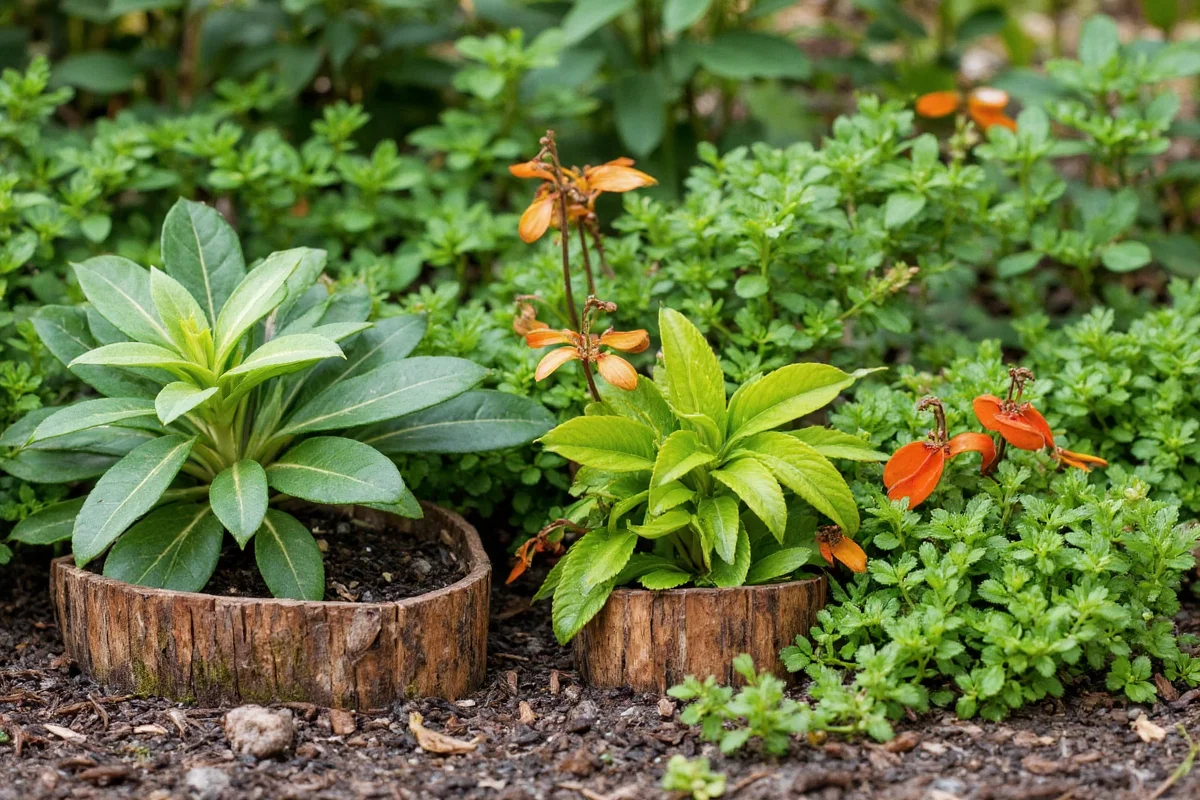Growing succulents indoors can be a rewarding endeavor, allowing you to enjoy these fascinating and resilient plants all year round, even in spaces with limited natural light. By using artificial or grow lights, you can create an ideal environment for your succulents to thrive. In this article, we will discuss key considerations and best practices to ensure the success of your succulent growing journey under artificial lighting.
Understanding Succulent Light Needs
Succulents are known for their ability to store water in their leaves, stems, and roots, which enables them to survive in arid conditions. Despite their drought tolerance, succulents typically require bright light to grow well. Understanding their light needs is crucial when growing them with artificial lighting.
- Natural Habitat: Succulents originate from regions with intense sunlight, such as deserts. Their natural habitat provides far more light than most indoor environments.
- Duration of Light Exposure: Succulents typically require 10-14 hours of light each day. This duration mimics the amount of light they would receive in their native habitats.
- Types of Light: Succulents generally thrive under full-spectrum light, similar to sunlight. Grow lights, especially LEDs, can be adjusted to provide this spectrum.
- Signs of Inadequate or Excessive Lighting: Watch for signs such as stretching toward the light or faded colors, which might indicate light deficiency, while scorched patches indicate too much light.
Choosing the Right Grow Lights
The market offers a variety of grow lights, each suitable for different plant types and stages of growth. Selecting the right grow lights for succulents is critical to replicating the essential light conditions they need.
- LED Lights: Known for their energy efficiency and customizable light spectrum, making them ideal for succulents.
- Fluorescent Lights: Often cheaper, providing a good spectrum for plants, though less energy-friendly compared to LEDs.
- Incandescent and Halogen Lights: Generally not recommended because they emit heat along with light, which can harm succulents.
- Color Temperature: Consider lights with a color temperature of around 5000 to 6500 Kelvin to best mimic sunlight.
Setting Up Your Lighting System
Proper setup of your lighting system is crucial in providing adequate light levels without causing harm to your succulents. Attention to placement and duration settings is essential.
- Height and Position: Position grow lights approximately 6 to 12 inches above the succulents to distribute light evenly without creating too much heat.
- Light Duration Timers: Using timers can help maintain consistent light cycles and prevent stress caused by irregular lighting.
- Light Intensity: Measure light intensity using a light meter to ensure succulents receive an adequate amount. Aim for 2000-3000 Lux during their active growth phase.
- Adjustments Over Time: Regularly assess and adjust the lighting setup to accommodate plant growth and seasonal changes.
Caring for Succulents Under Artificial Lights
In addition to the lighting itself, how you care for succulents under artificial light impacts their health and growth. Incorporating proper watering, ventilation, and nutrition is vital.
- Watering: Succulents under grow lights generally require less water than plants in natural sunlight, due to reduced evaporation.
- Ventilation: Ensure good air circulation to prevent mold and pests that proliferate in stagnant environments.
- Fertilization: Use a balanced, low-nitrogen fertilizer during the growing season, but reduce feeding during their rest periods.
- Observation: Regularly check for signs of health issues like discoloration or dropping leaves, adjusting care as needed.
Monitoring Growth and Adjustments
Continuous observation and adjustments can maximize the health and beauty of succulents grown under artificial lights. Understanding plant responses and tweaking conditions accordingly is important.
- Growth Patterns: Track changes in leaf color, size, and thickness as indicators of plant health and lighting suitability.
- Seasonal Adjustments: During winter, you might need to supplement light if days become significantly shorter.
- Repotting: Succulents benefit from periodic repotting to manage and encourage healthy root growth.
- Experimental Approach: Each succulent species might react differently, necessitating a trial-and-error approach to identify optimal conditions.
In conclusion, growing succulents with artificial lighting demands attention to specific lighting requirements, choice of grow lights, proper setup, comprehensive care practices, and ongoing monitoring. By staying attentive to these aspects, you can successfully cultivate vibrant succulents in indoor environments, overcoming the limitations posed by natural light depletion. Whether you are an experienced gardener or a beginner, artificial lighting transforms the cultivation possibilities for these popular plants.











 浙公网安备
33010002000092号
浙公网安备
33010002000092号 浙B2-20120091-4
浙B2-20120091-4